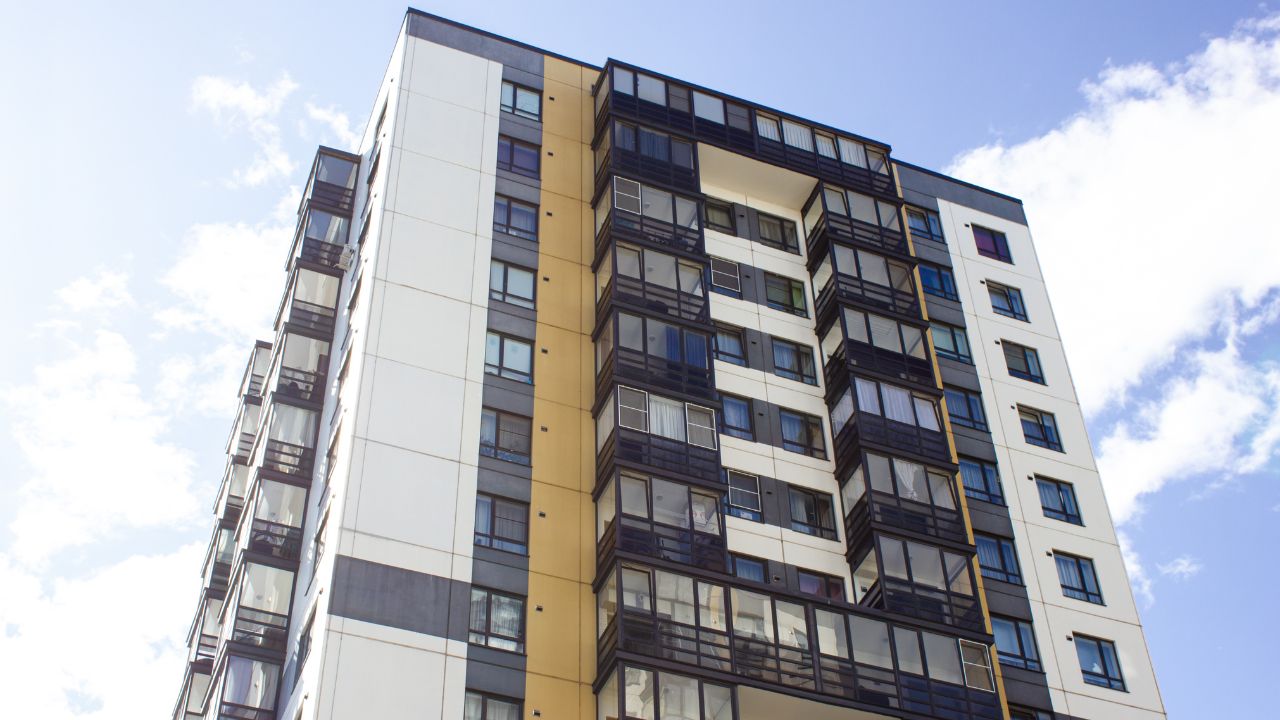Build-to-rent continues to gather momentum in Australia, but it is unlikely to be the housing crisis saviour, according to the Real Estate Institute of Australia (REIA).
According to the REIA’s Build-to-rent report, the 2023 Budget factored in the sector unlocking 150,000 units of supply, as part of the Federal Government’s push to build 1.2 million new homes.
But REIA President, Leanne Pilkington, said the report had delivered mixed results for the outlook of the topical asset class.
She said BTR only represented 3 per cent of existing rental stock in Sydney, Melbourne and Brisbane.
“BTR currently only accounts for 3800 completed units and of the 44,139 combined BTR units proposed, only 43 per cent have approval,” she said.
“A whopping 55 per cent are planned for Melbourne while the bulk of BTR pipeline will be owned and managed by foreign investors.
“BTR will take time to come online and our shortages are now.”
Ms Pilkington said the analysis showed the current pipeline of BTR properties would “not touch the sides” of the ambitious 1.2 million homes target the government had set.
She said that in major metropolitan areas like Sydney, Melbourne, and Brisbane, the rental landscape was a crucial component of the housing market, with about 1.5 million dwellings currently under lease agreements.
“While projections suggest an expansion of the BTR pipeline in the coming years, it’s evident that private residential investors will continue to dominate the rental market landscape for the foreseeable future,” Ms Pilkington said.
“However, BTR developments are poised to increasingly supplement the private rental sector, offering a promising avenue for addressing housing supply challenges.”
The BTR equation comes set against a backdrop of tight supply, escalating demand and supply constraints, which mean renters have struggled to secure affordable, quality housing close to where they live and work.
The analysis showed that over the 10 years to 2021 the number of rented homes increased in Sydney, Melbourne and Brisbane.
The biggest increase was in Melbourne at 38 per cent, followed by Sydney at 37 per cent and Brisbane at 33 per cent.
“These figures underscore the pressing need for new rental supply to meet burgeoning demand,” Ms Pilkington said.
“The scarcity of available rental properties has also driven up rental prices, exacerbated by high interest rates and maintenance costs.
“Vacancy rates in Sydney, Melbourne, and Brisbane currently linger well below the 20-year average, with Brisbane particularly experiencing an extended period of below-average vacancy rates.
“In light of diminishing public ownership of new dwelling stock over the past four decades, the burden of constructing housing units has largely shifted to the private rental market.
“This trend underscores the pivotal role played by private investors in catering to the housing needs of both owner-occupiers and renters alike.”

Ms Pilkington said census data reveals a steady uptick in the proportion of rented dwellings across all three cities over the past decade, with Sydney’s rental occupancy reaching almost 36 per cent in the latest census.
However, supply constraints stemming from disruptions in building materials supply chains, compounded by the pandemic and geopolitical factors, have propelled construction costs to unprecedented heights.
“Against this backdrop, it’s imperative to acknowledge the sustained dominance of private owners in the residential investment market,” she said.
“While BTR initiatives offer a promising avenue for addressing housing supply challenges, private investors will continue to wield significant influence in shaping Australia’s rental landscape.
“Looking ahead, with Australia’s ongoing international migration program and historically low vacancy rates across major cities, the demand for rental properties is poised to remain robust.
“As such, fostering collaboration between public and private stakeholders will be essential in addressing the pressing housing supply challenges facing the nation.”

